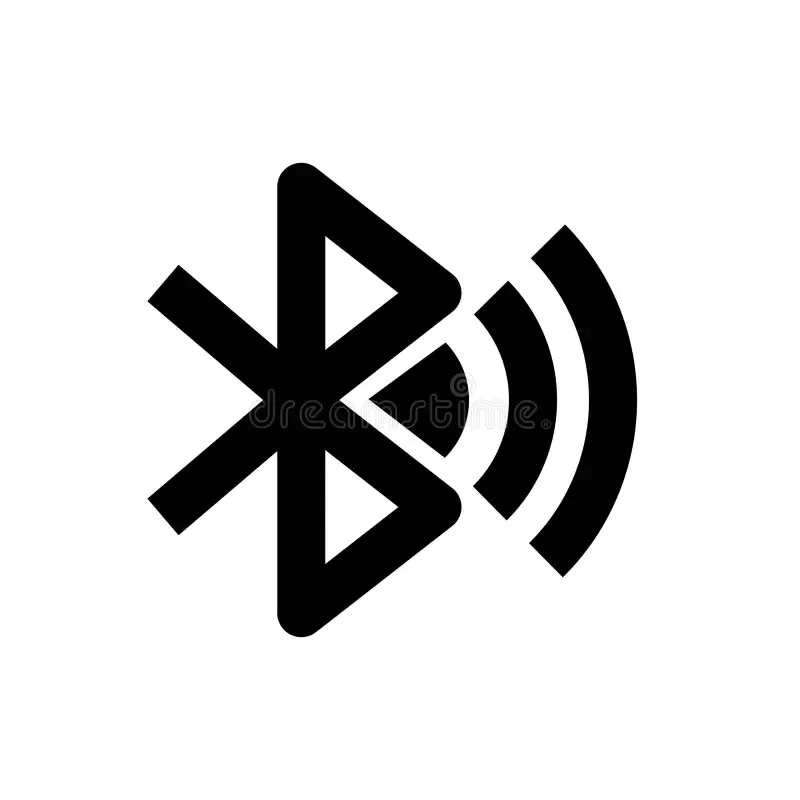smartlocks-ai
Top Smart Locks by Connectivity Protocol
Smart locks have revolutionized home security, offering keyless convenience, remote access, and seamless integration with smart home ecosystems. However, selecting the right smart lock often depends on the connectivity protocol. This article explores four leading protocols—Wi-Fi, Bluetooth, Z-Wave, and Zigbee—detailing their features, advantages, and ideal use cases.
What are Smart Locks and Why Are They Popular?
Smart locks offer a modern solution to traditional locking mechanisms. Using digital technology, they provide keyless entry and additional features like remote access, activity tracking, and automation. With the rise of smart homes, they’ve become a cornerstone of convenience and security.
Large Call to Action Headline
- Remote control via smartphones or voice assistants.
- Enhanced security features, including PIN codes and activity logs.
- Integration with smart home devices like cameras and alarms.
Understanding Connectivity Protocols
The connectivity protocol defines how your smart lock communicates with other devices or networks. Each protocol has unique features that influence its performance, compatibility, and functionality.
Wi-Fi Smart Locks
Wi-Fi smart locks connect directly to your home’s wireless network, enabling robust remote access and control.
Features:
- Remote Control: Manage your lock from anywhere in the world.
- Real-Time Notifications: Receive alerts for lock activity.
- Integration with Voice Assistants: Compatible with Amazon Alexa, Google Assistant, and Apple HomeKit.
Advantages:
- No need for additional hubs or bridges.
- Easy firmware updates directly over Wi-Fi.
- Perfect for users who prioritize remote accessibility.
Best Wi-Fi Smart Locks:
- August Wi-Fi Smart Lock - Compact design, auto-lock/unlock feature.
- Schlage Encode - Built-in Wi-Fi, advanced encryption.
- Level Lock+ - Minimalistic design, HomeKit compatibility.
Bluetooth Smart Locks
Bluetooth smart locks prioritize direct connectivity with your smartphone, offering energy efficiency and simplicity.
Features:
- Proximity Unlocking: Automatically unlocks when your phone is nearby.
- Offline Access: No dependency on Wi-Fi or hubs.
- Low Energy Consumption: Long battery life.
Advantages:
- Reliable in areas with poor Wi-Fi coverage.
- Ideal for personal use or small setups.
- Often more affordable than Wi-Fi options.
Top Bluetooth Smart Locks:
- Ultraloq U-Bolt Pro Bluetooth - Versatile unlocking options, fingerprint reader.
- Kwikset Kevo - Touch-to-unlock feature, sleek design.
- Yale Assure Lock SL - Keypad entry, app-based control.
Z-Wave Smart Locks
Z-Wave is a low-power wireless protocol designed specifically for smart home devices.
Features:
- Mesh Networking: Extends range through connected devices.
- Secure Communication: AES-128 encryption for enhanced security.
- Hub Integration: Works seamlessly with Z-Wave hubs.
Advantages:
- Excellent for comprehensive smart home ecosystems.
- Reliable connectivity over long distances.
- Energy-efficient, ideal for battery-powered devices.
Top Bluetooth Smart Locks:
- Kwikset SmartCode 914 - Compact, customizable codes.
- Yale Assure Lock Z-Wave - Versatile design, easy setup.
- Schlage Connect Z-Wave - Premium build, secure PIN entry.
Zigbee Smart Locks
Zigbee is another smart home-focused protocol, known for its speed and efficiency.
Features:
- Low Latency: Quick response times for locking/unlocking.
- Mesh Networking: Similar to Z-Wave, with wide-range connectivity.
- Open-Source Protocol: Compatible with various devices and ecosystems.
Advantages:
- Excellent for larger smart home setups.
- Lower interference compared to Wi-Fi.
- Supports many devices simultaneously.
Top Zigbee Smart Locks:
- Yale Assure Lock Zigbee - Trusted brand, versatile features.
- Samsung SmartThings Lock - Seamless integration with SmartThings ecosystem.
- August Smart Lock Pro Zigbee - Advanced connectivity, sleek design.
Comparison Table: Wi-Fi vs. Bluetooth vs. Z-Wave vs. Zigbee
Range
Battery Life
Hub Required
Best use case
Integration
Unlimited
Moderate
No
Remote access
High
10-30 mts
Long
No
Personal use
Moderate
100 mts (mesh)
Long
Yes
Smart home systems
High
50-100 mts (mesh)
Long
Yes
Large smart homes
High
Factors to Consider When Choosing a Smart Lock
When selecting a smart lock, evaluate:
- Your Ecosystem: Ensure compatibility with existing devices.
- Connectivity Needs: Do you need remote access or local control?
- Battery Life: Choose a protocol that balances features with longevity.
- Ease of Use: Opt for user-friendly installation and management.
© Latin Web Service 2025



